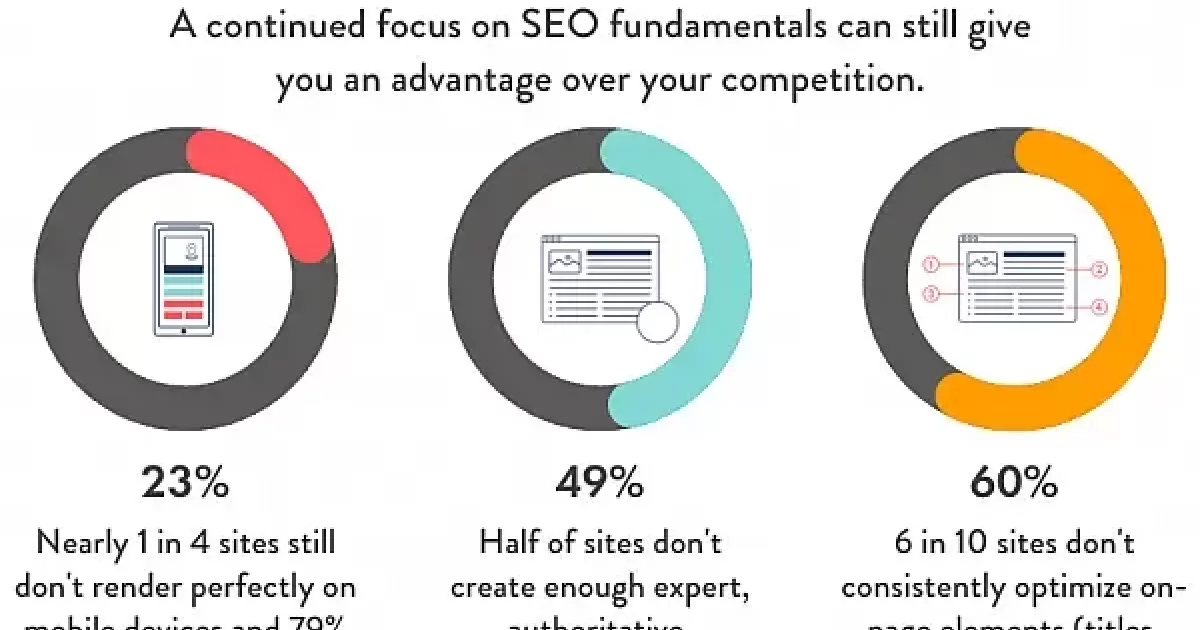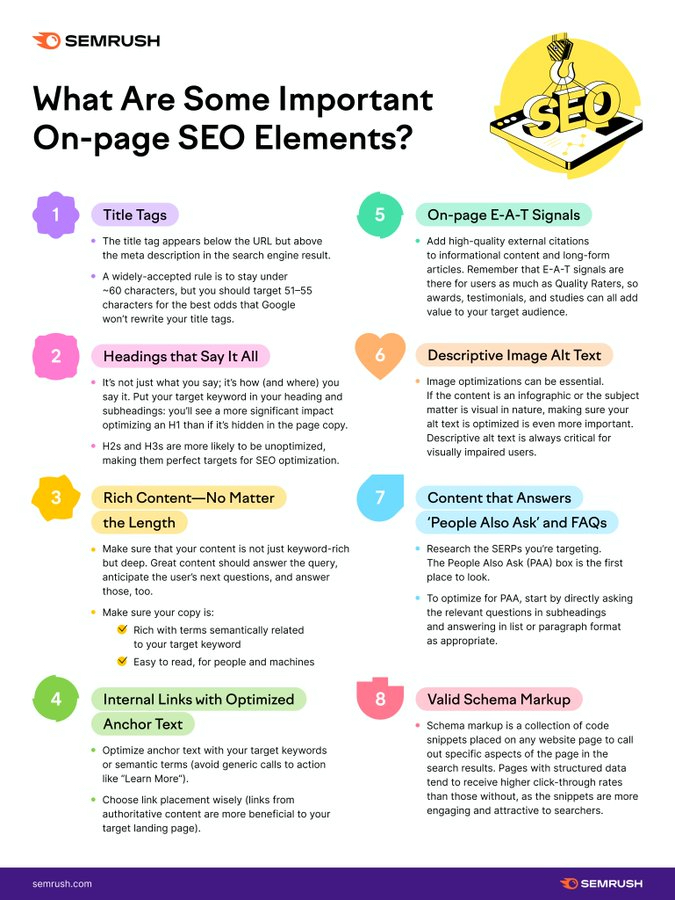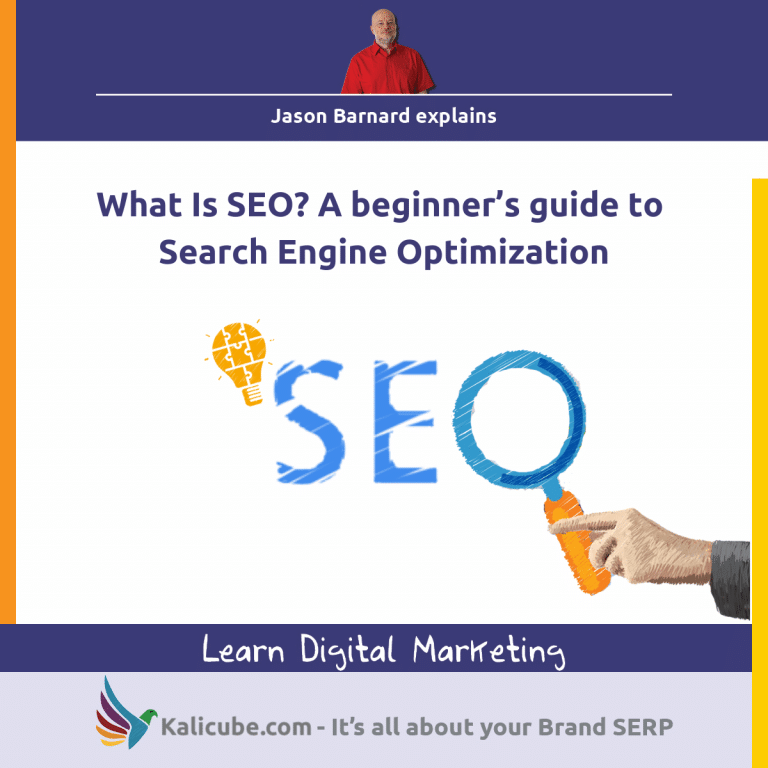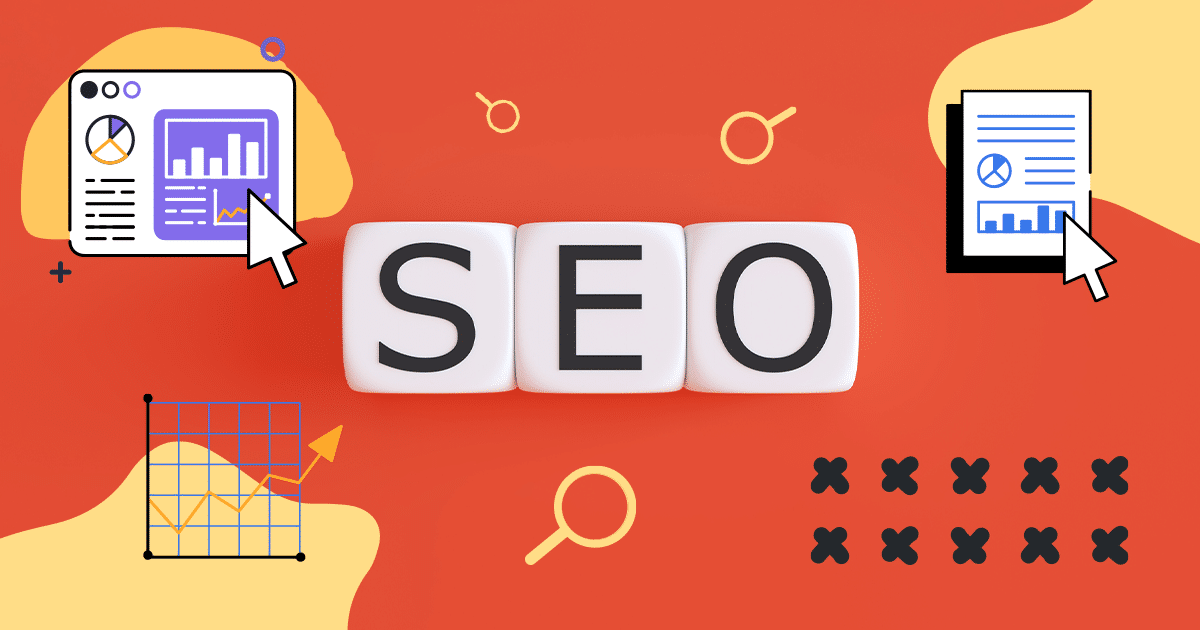Uncover the mysteries of SEO crawling and learn the essential tips and tricks to boost your website’s search engine rankings.

Image courtesy of via DALL-E 3
Table of Contents
Introduction to SEO Crawling
This section will delve into the basics of SEO crawling, shedding light on what it entails and why it holds significance in the realm of search engines and web pages.
What is SEO Crawling?
SEO crawling is like a detective mission where search engines such as Google and Bing carefully inspect your website’s pages. It’s the process of these search engines looking through your website to understand what it’s all about.
Why is SEO Crawling Important?
Imagine having a treasure map but not knowing where the treasure is buried. SEO crawling is like giving search engines the map to your website, so they can find and show it to people searching for what you offer. It’s crucial to ensure that your website appears in search results when people are looking for information like yours.
How Search Engines Work
Search engines are like super-smart detectives on the internet, helping people find information quickly and easily. Imagine Google and Bing as these search engines. They are the experts at locating all the websites, photos, videos, and more that you see when you type something into the search bar.
How Do Search Engines Discover Web Pages?
Search engines use awesome secret agents called crawlers to scour the internet and find new web pages. These crawlers are like robots that move from one website to another, gobbling up all the information they find. They follow links on websites to jump from page to page, making sure no corner of the internet remains unexplored.
The Role of Web Crawlers
Web crawlers, also known as bots, are automated programs used by search engines to systematically browse the internet, collecting data from websites. Imagine them as digital spiders spinning their web to capture information about different web pages.

Image courtesy of www.workshopdigital.com via Google Images
How Do Web Crawlers Work?
Web crawlers start by visiting a specific web page and then follow links on that page to discover other pages. They analyze the content on each page, such as text, images, and metadata, to understand what the page is about. As they move from page to page, they index the information they gather to create a searchable database that search engines can use to provide relevant results to users.
Understanding Robots.txt
In simple terms, a robots.txt file is like a map that tells web crawlers which parts of your website they are allowed to access and index. It acts as a guide for search engine bots, helping them understand how to navigate your site.
How Does Robots.txt Affect Crawling?
The robots.txt file plays a crucial role in determining how web crawlers interact with your website. By specifying which pages or directories should be blocked or allowed, you can control how search engines view and index your content. This can help you prevent sensitive information from being exposed or ensure that only relevant pages are being crawled.
Sitemaps and Their Importance
In the world of websites and search engines, sitemaps play a crucial role in ensuring that your web pages are discovered and indexed efficiently. Let’s explore what sitemaps are and why they are essential for effective SEO crawling.

Image courtesy of www.marketingprofs.com via Google Images
What is a Sitemap?
A sitemap is like a roadmap for search engine crawlers, providing them with a structured way to navigate through your website’s content. It is a file that contains a list of all your web pages in a format that is easy for search engines to understand. Think of it as a directory that guides crawlers to the various pages on your site.
Why Use a Sitemap?
Using a sitemap can significantly improve the crawling efficiency of search engines on your website. By providing a sitemap, you make it easier for crawlers to discover and index all of your web pages, including those that might be hidden deep within your site’s structure. This can ultimately result in better visibility and higher rankings in search engine results.
How Links Help Crawling
Internal links are like pathways that connect different pages within your website. When a search engine crawler comes to your site, these internal links help it navigate from one page to another, making sure no page is left undiscovered. Think of it as a map that guides the crawler through the content on your website.
External Links
External links, on the other hand, are like bridges that connect your website to other websites on the internet. When a reputable website links to your page, it tells search engines that your content is valuable and worth showing to users. This can boost your website’s credibility and visibility in search results.
Common SEO Crawling Issues
When it comes to SEO crawling, there are a few common issues that can arise and hinder the process of search engines discovering and indexing your web pages. By understanding these problems and knowing how to address them, you can ensure that your website is effectively crawled and ranked in search results.

Image courtesy of kalicube.com via Google Images
Broken Links
Broken links are links on your website that no longer work or lead to an error page. These links can be detrimental to SEO crawling because they prevent web crawlers from efficiently navigating through your site. When a crawler encounters a broken link, it may stop crawling altogether or lower your website’s ranking in search results.
Duplicate Content
Duplicate content refers to identical or very similar content that appears on multiple pages of your website or across different websites. This can confuse search engines and impact your SEO crawling efforts. When search engines encounter duplicate content, they may have difficulty determining which page to index or rank, leading to lower visibility in search results.
Improving Your Website for Better Crawling
In order to ensure that your website is effectively crawled by search engines like Google and Bing, it’s crucial to optimize it for this purpose. By following some simple strategies, you can improve the crawling process and increase the chances of your website appearing in search results. Here are some key tips to help you optimize your website for better crawling:
Regular Updates
One of the most important aspects of optimizing your website for crawling is to regularly update your content. Search engines prefer fresh and relevant content, so make sure to add new information, blog posts, or updates frequently. By keeping your website up-to-date, you signal to search engines that your site is active and worth crawling, which can improve your chances of ranking higher in search results.
User-Friendly Structure
Another essential tip for improving your website’s crawlability is to ensure that it has a user-friendly structure. This means organizing your content in a clear and logical manner, with easy navigation and internal linking. When web crawlers encounter a well-structured website, they can easily navigate through its pages, index the content, and understand the relationship between different pages. By creating a user-friendly website structure, you make it easier for search engines to crawl and index your site, enhancing its visibility in search results.
Conclusion
After diving into the world of SEO crawling, we’ve uncovered crucial details about how search engines like Google and Bing use web crawlers to discover and index web pages. Let’s recap the key points we’ve covered in this article.

Image courtesy of rockcontent.com via Google Images
Recap of SEO Crawling
In this article, we learned that SEO crawling involves search engines systematically browsing through your website to gather information. This process is vital for ensuring that your website shows up in search results when users look for relevant content. Without effective SEO crawling, your website may remain hidden from potential visitors.
Search engines like Google and Bing use automated programs called web crawlers to explore the vast realm of the internet. These crawlers follow links from one page to another, indexing information along the way. To aid this process, website owners can employ tools like sitemaps and robots.txt files to guide web crawlers and improve crawling efficiency.
Moreover, maintaining a website with updated content and a user-friendly structure plays a significant role in enhancing SEO crawling. Broken links and duplicate content can impede the crawling process, highlighting the importance of regularly monitoring and optimizing your website to ensure effective crawling.
By understanding the essentials of SEO crawling and implementing best practices, you can boost your website’s visibility and accessibility to search engines, ultimately reaching a broader audience online.
Want to turn these SEO insights into real results? Seorocket is an all-in-one AI SEO solution that uses the power of AI to analyze your competition and craft high-ranking content.
Seorocket offers a suite of powerful tools, including a Keyword Researcher to find the most profitable keywords, an AI Writer to generate unique and Google-friendly content, and an Automatic Publisher to schedule and publish your content directly to your website. Plus, you’ll get real-time performance tracking so you can see exactly what’s working and make adjustments as needed.
Stop just reading about SEO – take action with Seorocket and skyrocket your search rankings today. Sign up for a free trial and see the difference Seorocket can make for your website!
Frequently Asked Questions (FAQs)
What Happens if My Website Isn’t Crawled?
If your website isn’t crawled by search engines, it won’t appear in search results. This means that people looking for information related to your website won’t be able to find it easily. Crawling is essential for search engines to understand what your website is about and index it properly. Without crawling, your website may remain hidden from potential visitors.
How Can I Tell if My Site is Being Crawled?
You can check if search engines are crawling your website by using tools like Google Search Console or Bing Webmaster Tools. These tools provide valuable insights into how search engines are interacting with your site, including when your pages were last crawled and indexed. Monitoring these details can help you ensure that your website is being properly crawled and indexed for optimal visibility.







